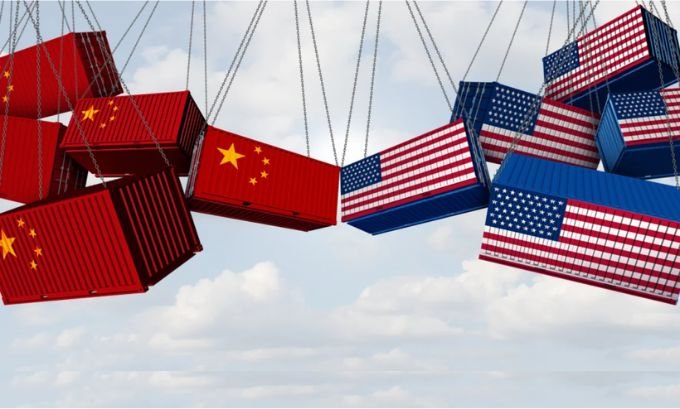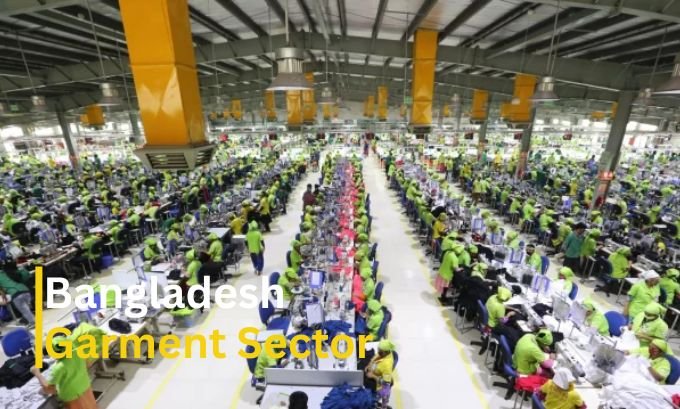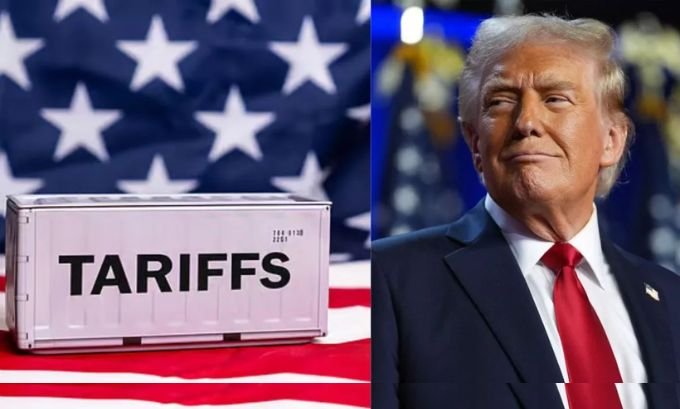The US trade policy landscape has undergone dramatic changes throughout 2025, as tariff measures continue to reshape international commerce and supply chains. From semiconductor restrictions to agricultural product duties, these developments are creating ripple effects that extend far beyond American borders.
The complexity of current US tariff news/policies reflects years of escalating trade tensions, overlapping measures, and evolving diplomatic relationships. Business leaders, policymakers, and economists worldwide are closely monitoring these developments as they navigate an increasingly intricate web of trade barriers and opportunities.
Semiconductor Industry Faces New Pressures
President Trump’s administration has announced plans to impose significant tariffs on semiconductor imports from companies that have not committed to relocating production facilities to the United States. This policy represents a major shift toward reshoring critical technology manufacturing capabilities.
The semiconductor tariff initiative includes built-in exemptions for companies like TSMC, Samsung, and SK Hynix, which have already committed to establishing chip manufacturing facilities on US soil. These exemptions underscore the administration’s strategic approach of using tariff policy as a tool to encourage domestic investment and production capacity building.
The policy’s implementation timeline remains under development, creating uncertainty for businesses that rely on global semiconductor supply chains. Companies in the technology sector are reassessing their sourcing strategies and considering the long-term implications of potential supply chain restructuring.
Section 301 Tariffs on China Continue Evolution

The Section 301 tariffs targeting China remain a cornerstone of US trade policy, though their application has become increasingly nuanced. A 90-day suspension of additional tariffs on Chinese imports was scheduled to expire on November 10, 2025, creating a critical decision point for trade negotiators.
Recent legal developments have added complexity to the tariff landscape. A US appeals court ruled that most of Trump’s “reciprocal” tariffs are illegal, though these tariffs remain in place pending a Supreme Court appeal. This legal uncertainty has created additional challenges for businesses trying to plan their international operations.
The United States Trade Representative has extended certain product exclusions from Section 301 tariffs through November 29, 2025, providing temporary relief for specific categories of goods. These exclusions affect hundreds of product categories and demonstrate the administration’s willingness to provide targeted relief while maintaining broader trade pressure.
US-Japan Trade Agreement Establishes New Framework
A significant development in US trade policy has been the establishment of a new trade agreement with Japan. This agreement implements a baseline 15% tariff on nearly all Japanese imports, with specialized treatment for specific sectors including automobiles, aerospace products, and other strategic goods.
The Japan agreement represents more than just tariff adjustments. Japan has committed to investing $550 billion in the United States, a massive commitment aimed at strengthening economic ties and reducing the bilateral trade deficit. This investment pledge demonstrates how modern trade agreements increasingly combine traditional tariff negotiations with broader economic partnership commitments.
The sectoral approach taken in the US-Japan agreement may serve as a model for future trade negotiations, as it allows for customized treatment of different industries based on their strategic importance and competitive dynamics.
Apparel Industry Confronts Rising Barriers
The apparel industry has become a focal point of recent tariff discussions, with proposed increases on imports from key sourcing countries including Bangladesh, India, and Indonesia. These proposals have generated significant opposition from US trade organizations.
Major industry groups including the American Apparel & Footwear Association (AAFA), National Retail Federation (NRF), Retail Industry Leaders Association (RILA), and United States Fashion Industry Association (USFIA) have voiced concerns about the potential consumer impact of higher apparel tariffs. These organizations argue that increased tariffs would create significant cost burdens for American consumers and families.
According to research by Dr. Sheng Lu, if the value of US textile and apparel imports remains unchanged from 2024 levels, proposed reciprocal tariffs could result in nearly $35 billion in total tariff duties on these products—representing a $19.9 billion increase compared to current tariff levels.

Bangladesh Garment Sector Faces Economic Pressure
The implementation of a 35% tariff on Bangladeshi garments has created particular concern within the global apparel supply chain. This tariff has raised serious questions about potential job losses and broader economic impacts in Bangladesh, a country heavily dependent on textile exports.
Bangladesh’s garment industry employs millions of workers and represents a crucial component of the country’s economic development strategy. Industry representatives from Bangladesh are actively seeking negotiations to reduce the tariff burden and mitigate adverse effects on employment and economic growth.
The situation highlights how US tariff policies can have profound impacts on developing economies that have built their export strategies around serving American markets. These effects extend beyond immediate trade flows to affect employment, investment decisions, and long-term development planning.
Legal Challenges Create Uncertainty
The legal landscape surrounding US tariff policies has become increasingly complex, with the Supreme Court expected to review the legality of certain tariff measures. These legal proceedings could fundamentally reshape future trade policy implementation and create new precedents for how trade authorities can be exercised.
The ongoing legal challenges contribute to economic uncertainty, as businesses struggle to make long-term investment and sourcing decisions while major policy questions remain unresolved. Market reactions to legal developments have been mixed, reflecting the difficulty of predicting outcomes in this evolving legal environment.
Legal experts note that these cases may establish important precedents for the scope of presidential authority in trade policy, potentially affecting how future administrations approach international commerce regulation.
Economic Implications and Market Response
The cumulative effect of these tariff policies is creating a new global trade environment characterized by higher barriers, more complex compliance requirements, and greater uncertainty. According to the Peterson Institute for International Economics, the average US tariff on Chinese goods reached 51.1% as of May 2025, covering all imports from China.
These policy changes are forcing companies across industries to reconsider their global supply chain strategies, with many exploring diversification options and alternative sourcing arrangements. The costs of compliance and supply chain restructuring represent significant business challenges that extend far beyond the direct impact of tariff payments.
Consumer prices have also been affected, as importers pass through higher costs to end users. The extent of these price increases varies significantly across product categories and depends on factors including competition levels, demand elasticity, and the availability of domestic alternatives.
Looking Ahead: Navigating Trade Policy Evolution
As US tariff policies continue evolving, businesses and trading partners are adapting to a more fragmented and complex international trade environment. The combination of sector-specific measures, country-by-country negotiations, and legal challenges creates a landscape that requires careful monitoring and strategic flexibility.
The semiconductor industry’s experience illustrates how tariff policy is increasingly being used as a tool for industrial policy, encouraging domestic production and investment. This approach may expand to other strategic sectors as policymakers seek to rebuild domestic manufacturing capabilities and reduce dependence on international supply chains.
Trade negotiators and business leaders will need to remain agile as they navigate these changing conditions, balancing the need for supply chain efficiency with the realities of an increasingly protectionist trade environment.
The coming months will be critical as various policy deadlines approach and legal proceedings advance. Companies that can successfully adapt to this new environment while maintaining operational efficiency and cost competitiveness will be best positioned for long-term success in the evolving global marketplace.


